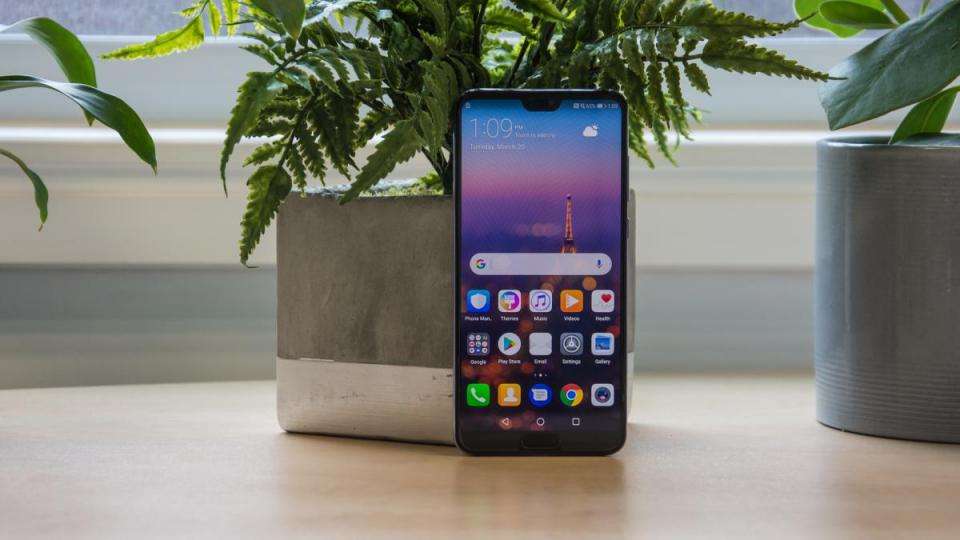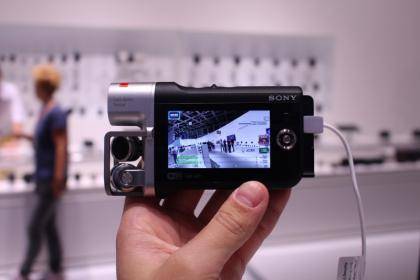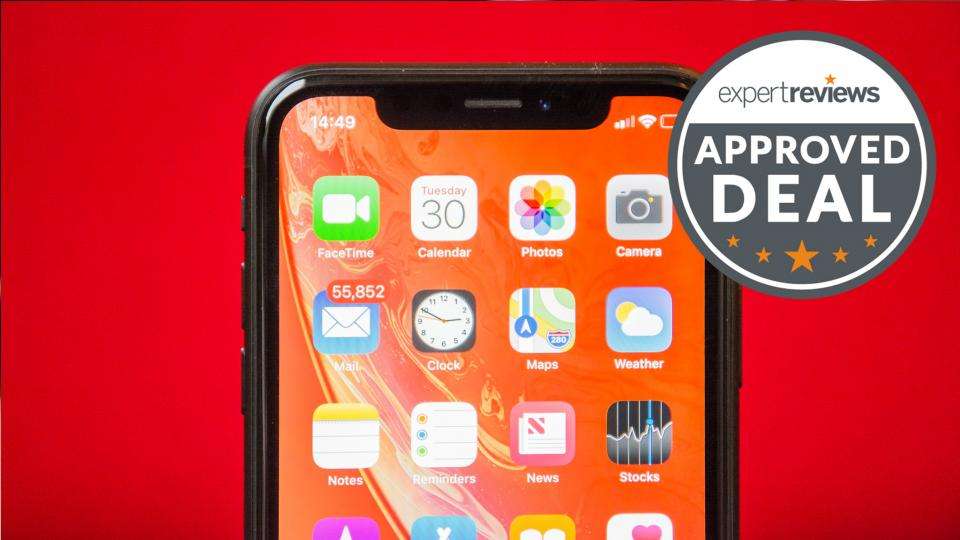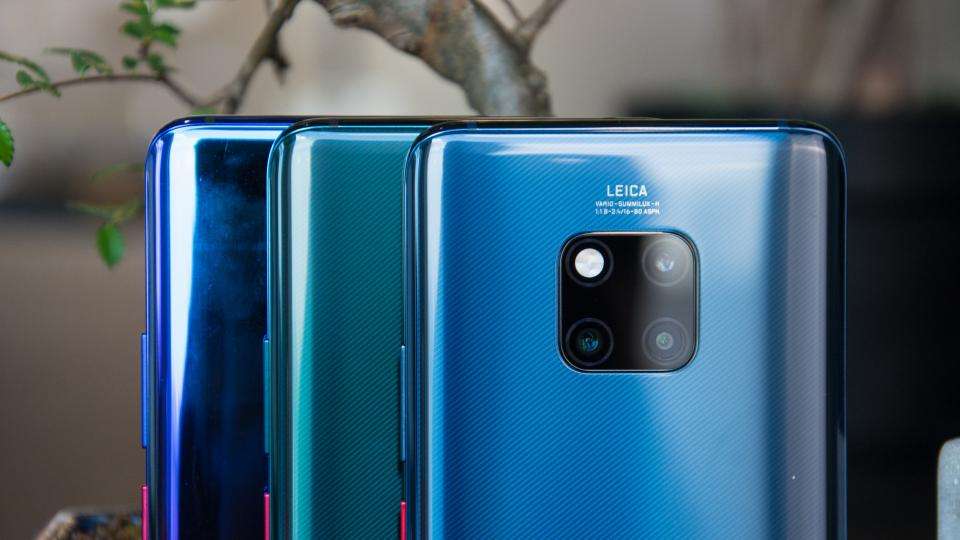There were things the original MateBook got right but it also got plenty wrong, so Huawei thought it would have another go with the Huawei MateBook E. And 2017’s model looks to have solved the original MateBook’s biggest problems.
Last time out, we loved the MateBook’s slender dimensions and stunning screen but hated the folio keyboard case and below-average battery life. This time, there’s an all-new keyboard that looks like you could comfortably type on for longer than five minutes without wanting to throw it out of the window. And, thanks to an upgraded Intel Kaby Lake processor, the new tablet ought to be more efficient.
READ NEXT: The best laptops you can buy
Huawei MateBook E review: What you need to know
Like the Microsoft Surface Pro and Apple iPad Pro, the MateBook E is a 12in Windows tablet that attaches to a folio keyboard case to turn it into a laptop-style machine and it comes with a pressure sensitive stylus for note-taking and sketching.
This year sees an all-new lineup of internal components. We’ve tested the dual-core 1.2GHz Intel Core i5-7Y54 model for this review, but there is also a lower-power variant with a 1GHz Core m3-7Y30 available. It isn’t the new internals that transforms the MateBook E’s fortunes, though, but that new keyboard case.
Huawei MateBook E review: Price and competition
The first product to come to most people’s lips when 2-in-1s are mentioned is Microsoft’s Surface Pro. It’s the gold standard in the sector and deservedly so. The recent Kaby Lake model is rather expensive but you can still buy the Skylake Core i5 Surface Pro 4 with the Type Cover optional keyboard and Surface Pen for around £930 (although with a smaller 128GB SSD).


This makes the Huawei Matebook E look a little pricey, despite the fact that the pen and keyboard are included in the box. For €999 (around £900) you'll get the Core m3 model, which has 4GB RAM and a 128GB SSD. It’s €1,199 (around £1,100) for the Core i5 with 4GB of RAM and a 256GB SDD. And the price for the review model is €1,299 (around £1,200) for the Core i5 with 8GB of RAM and a 256GB SSD.
Its rivals look a little more reasonably priced. The Lenovo Miix 510 is cheaper too and comes with a Skylake Core i5. And then there's the highly impressive Asus Switch 5 , which costs £900 for the Kaby Lake Core i5 version with 8GB of RAM and a 256GB SSD.


Huawei MateBook E review: Features and design
With such strong competition, it’s just as well the MateBook E is such a big improvement over its predecessor. It’s good to see the manufacturer hasn’t changed things for the sake of it, though. The tablet component of the MateBook E is all-but identical to the previous version and that means it’s just as slim (6.9mm) and utterly gorgeous as the original. It’s available in gold, blue and pink colours and looks more like a large Android tablet than a Windows 10 device and it’s a proper business tool.
In fact, it’s so similar to last year’s tablet that I struggled to pick out any differences at first, the only physical change amounting to a smaller set of magnetic contacts on the bottom edge. The tablet’s single USB Type-C port, 3.5mm headphone jack, combined fingerprint reader and volume rocker are all to be found in precisely the same locations as before.
It’s instantly clear, though, that Huawei has learned lessons from last year’s lacklustre effort, with its improvements focusing on the new keyboard case.
The first MateBook’s keyboard case was, to be blunt, terrible. The keys were flat and not separated from each other, making it tricky to type on without making a mistake every other word. It didn’t sit completely flat on a surface, couldn’t be propped up at an angle, and it only allowed you to prop up the display in two positions. One was too steep to use comfortably; the other not secure enough to use safely, with the tablet part prone to fall over at the slightest provocation.
The new keyboard case is a huge improvement. First, it’s much more secure. Instead of folding around, Toblerone-style to support the tablet like one of Apple’s Smart covers, it incorporates a stiff piano hinge that runs across the whole of the rear portion of the case. This allows half of the rear cover to fold down and act as large kickstand and makes the whole thing more stable both on a desk and on your lap and, because the hinge is infinitely adjustable, it’s easy to set the screen at any angle you like.
The keyboard itself, too, is far better. It’s backlit again, but each key is now separated from its neighbour by a small 3.1mm gully, which makes the world of difference to how easy it is to type on. It still can’t be propped up at an angle and the key action is on the light side, but it’s far, far better than the previous keyboard.
Importantly, the touchpad is excellent, too. Its silky smooth surface feels lovely under the finger and it works perfectly, with full support for the full range of Windows 10 multitouch gestures and has a responsive, positive click. It’s among the best touchpads I’ve used on any 2-in-1 device.
Huawei MateBook E: Display
The first MateBook’s screen was wonderful and this one is no different. Resolution is a sharp 2,160 x 1,440 and, to the eye, I love its near-square 3:2 aspect ratio and its colour reproduction looks spot on, with deep black, pure white and the sort of good balance that the very best smartphone screens have. It’s so good I thought Huawei might be using an AMOLED panel at first.
Technically, it performs well, too. It isn’t on a level with the best screens Apple puts out, but it is impressive nonetheless. Maximum brightness reaches an eye-searing 397cd/m2, which is good enough to use in most conditions. You could even work on it in the garden at a pinch. The contrast ratio is a perfectly adequate 935:1 and colour accuracy is acceptable as well, with an average delta E of 2.18. I’d ideally like to see a result of 1.5 or below here, but there’s nothing completely out of kilter here.
In short, it’s an excellent display and with superb viewing angles there’s very little to dislike about it.
Huawei MateBook E: Performance and battery life
Elsewhere, it’s much the same as last year but with upgraded Kaby Lake internals and a choice between Core i5 Y-series and Core m3 processors. These are supported by either 4GB or 8GB of RAM and 128GB or 256GB SSDs. There's no option to expand via microSD card, though, which is disappointing.
I was sent the top-spec 1.6GHz dual-core Core i5-7Y54 with 8GB of RAM and the 256GB SSD and, as with most Windows laptops and tablets that aren’t Atom-based, the MateBook feels super-fluid in operation. Touchscreen and touchpad gestures are carried out instantaneously and there’s no discernible lag anywhere across the OS.
Given that the tablet is completely fanless, I expected some degree of overheating, but largely the MateBook E stays the right side of warm. Its ultra low-power Y-series processor means it’s slower than the Lenovo Miix 510 and Acer Switch, though, which both employ regular laptop U-series CPUs.
What’s perhaps more surprising is how much slower than its rivals the MateBooke E is for storage speed, with sequential read and write rates that lag significantly behind.
Battery life wasn’t all that wonderful either, although it’s pretty much what I'd expect from a Kaby Lake Core i5 machine, lasting a mere 5hrs 51mins in our video rundown test. If you’re after a 2-in-1 with great battery life, you need to up your budget to a Core i7 Surface Pro or choose an iPad Pro 12.9 and forsake Windows altogether.
Huawei MateBook E review: Verdict
No two ways about it, the Huawei MateBook E is a considerable upgrade over the previous model. It’s much more usable and practical and retains all the same advantages and glorious design. This is a superbly designed and usable 2-in-1 laptop, able to cope with most users' workloads with no trouble at all.
With slenderness comes slower performance, however, and when you add in a relatively high price it becomes a much less attractive package.
There’s nothing horribly wrong with Huawei’s MateBook E, but it's neither the best 2-in-1 you can buy nor the best value. If you're after the former, you need to go for a Core i7 2017 Microsoft Surface Pro and if you want to save some cash, opt for the Acer Switch 5 instead.






Leave a Reply